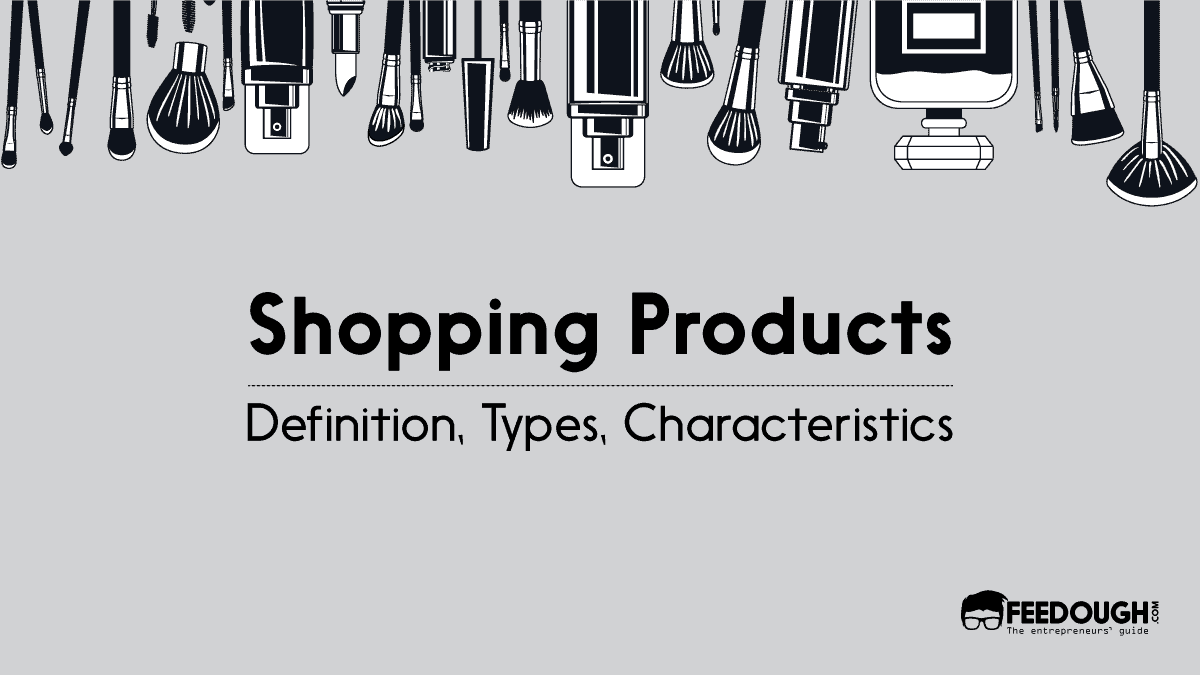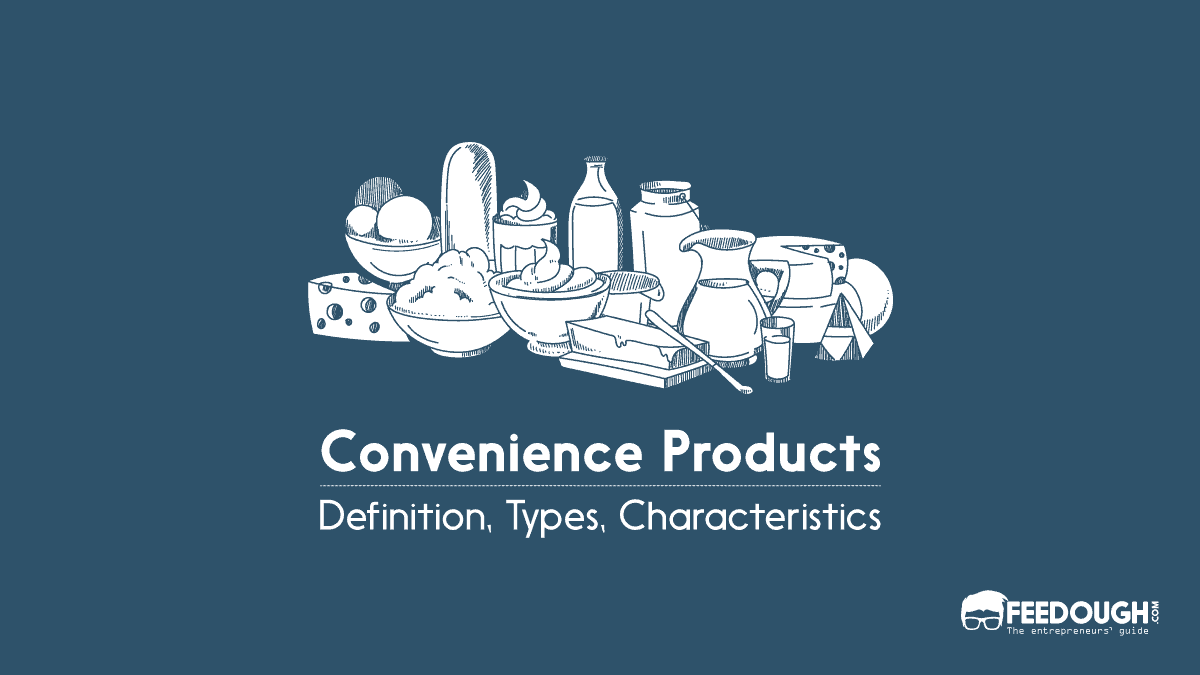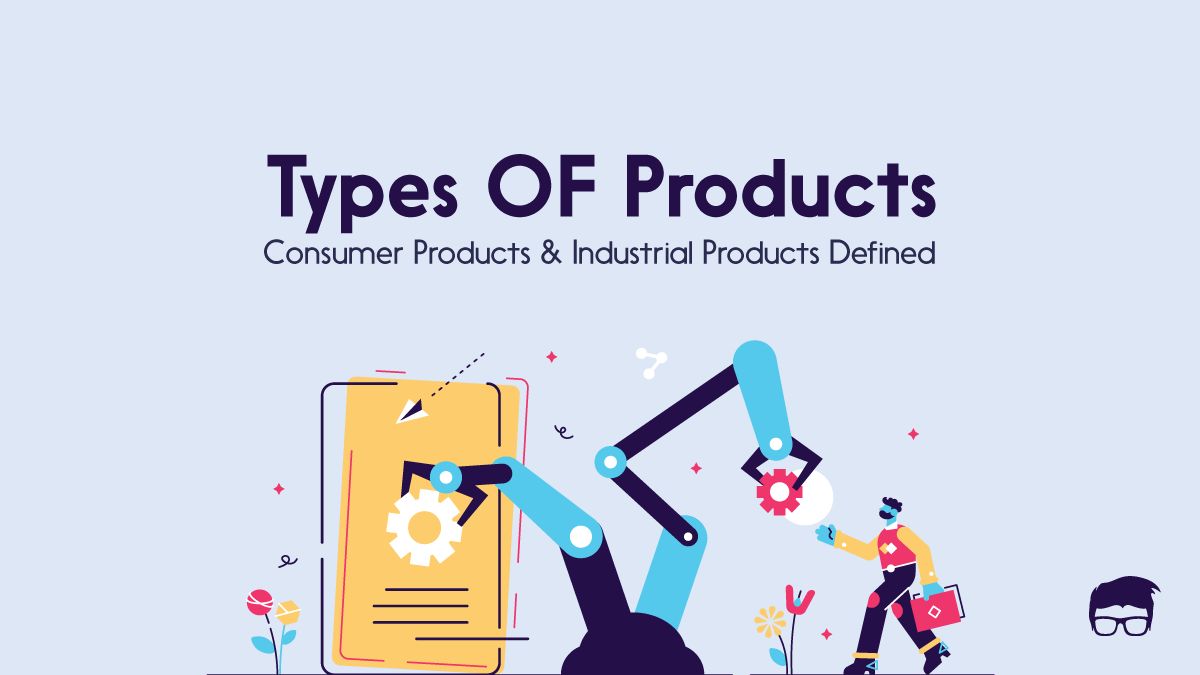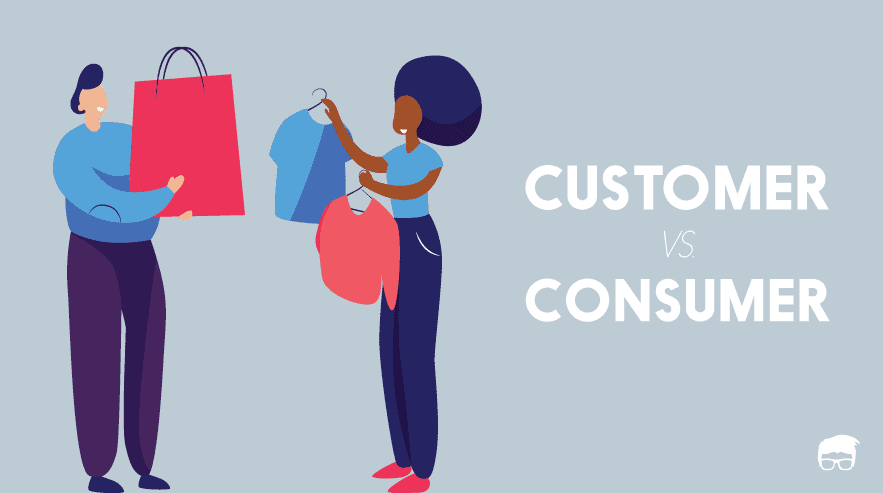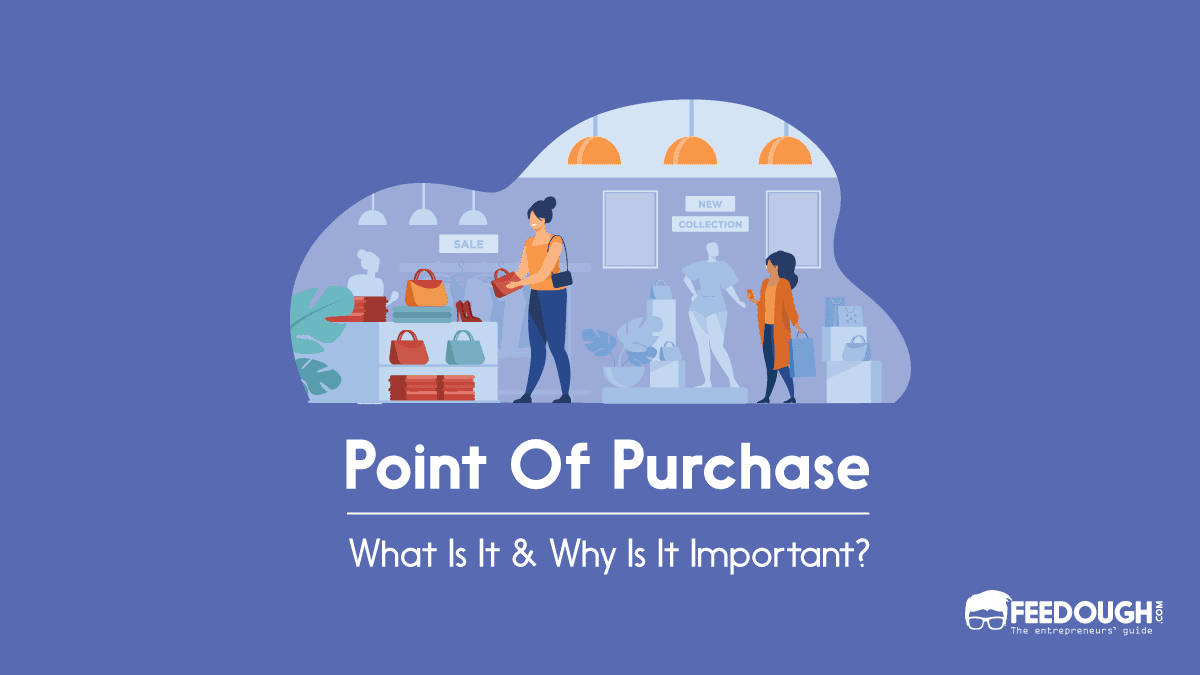Consumer products satisfy the needs, wants, and desires of the ultimate users. These products are further classified into four types based on the efforts involved in purchasing: convenience products, shopping products, speciality products, and unsought products.
While habits influence the purchase decisions of some products, some products require special attention before the customer buys the same. For example, before buying a pair of shoes, a customer tries out different brands or a variety of shoes. It is a similar case with mobile phones where a customer compares different ranges and available brands. In both cases, customers put in their efforts, probe various alternatives, and select the best possible for them.
These types of products are shopping products.
Let’s find what shopping products are, their characteristics and types, and how they are different from other types of consumer products.
What Are Shopping Products?
Shopping products are the infrequently purchased consumer goods that demand time, planning, effort, and resources from customers at the time of purchase.
Unlike readily available convenience products, the dispersal of shopping products is through selected channels or limited outlets.
For example, while purchasing clothes or fashion apparel, customers try different styles and compare their quality, material, and price before deciding. It’s a similar case with furniture and electronic gadgets where the customer weighs attributes of a variety of similar products before purchasing the product.
These products witness non-regular purchases and usually have high prices per unit. Hence, the customers compare products’ attributes such as quality, price, and style with their alternatives and spend some time before making the final purchase decision.
Moreover, shopping products are not consumer necessities, so these products are selectively distributed and marketed to a targeted audience.
Characteristics Of Shopping Products
Shopping products have some common characteristics that differentiate them from other types of consumer products. These characteristics are as follows:
- Infrequent purchases: Shopping products don’t usually find a place in daily use of the customer, or they’re durable or semi-durable, so the customer doesn’t buy them often. These are usually purchased when there is a need to replace the old one, and the customer has enough resources and time to make efforts and buy the product.
- Short but selective distribution channel: The shopping products are not extensively available. The manufacturers generally supply them only at limited outlets, implying that the customer needs to put extra effort into acquiring the products.
- Advance purchase plans: The customer’s regular purchases do not include the shopping products. Moreover, since these products generally involve high costs, the customers usually plan their spending capacities, product expectations, and requirements before surveying the available options.
- Relatively elastic demand: Shopping products do not constitute the customers’ basic necessities, so even a slight increase in their prices affects their demand significantly. Also, if the substitutes are available at comparatively lesser prices, it may shift the customers to purchase the competitor’s product.
- Slow buying process: The customer invests a lot of time and effort in selecting the best feasible alternative as he compares the product based on price, features, design, service, and most importantly, value for money.
- Good sales support: The sellers are aware that the customers do not usually have sufficient knowledge vital for purchase decisions, so they deploy their human resources to assist customers in the selection process.
- Usually not standardized: Each product brand offers unique features, so they usually do not follow a set of level, quality or standard. For example, mobile phones offered by company ‘X’ would vary from those offered by company ‘Y’, although the basic functions of every mobile phone are similar.
Types Of Shopping Products
Based on their uniformity with other same segment products, shopping products are classified into two types; heterogeneous shopping products and homogeneous shopping products.
Heterogeneous Shopping Products
Unique shopping products that have dissimilar characteristics are heterogeneous shopping products.
A customer can differentiate between two heterogeneous shopping products based on specific attributes like size, color, processor, display, etc. For example, it’s easier to distinguish between two variants of jeans based on colours, size, fitting, etc. Moreover, the customer is more likely to buy the jeans that he requires more. That is, they’ll buy black jeans if they were already looking for such colour.
Hence, attributes and needs affect the customers’ buying decisions more than any other factor.
Homogeneous Shopping Products
Homogenous products are shopping products with similar quality. Such products seem alike and fall under the same category. However, they might differ based on brand image, brand positioning, style, suitability, price, etc.
Homogeneous products are often close substitutes for each other, so it is often hard for the customer to differentiate them based on attributes alone.
For example, laptops with similar attributes are hard to differentiate. However, customers often bring in external emotional and psychological attributes like brand image, brand experience, social validation, etc., to distinguish them and make a purchase decision.
Moreover, some customers even weigh the value they get with the price they pay for such products to assess their true worth. For example, a customer may choose a lesser-priced product when two brands offer similar features for different prices.
Shopping Products Vs Speciality Products
Speciality products are extravagant consumer products that witness a status-driven purchase. Unlike other types of consumer products, these products reflect the consumer’s lifestyle, prestige, and stature. Hence brands selling speciality products target the upper-class section of society. These products are distinctive based on features and functionality and therefore have a remarkable brand image in the market and customers’ eyes.
Examples of speciality products include luxury cars, equipment, designer clothes, luxury accessories, etc. A status-oriented customer will purchase these products without any second thought or comparison because of habit, previous experience, and brand loyalty.
Shopping products, on the other hand, are infrequently purchased consumer goods. Brands selling these products usually target the middle-class section of society because such customers weigh their needs and wants with the price of the products before the purchase.
For example, a customer often weighs the price and features of different washing machine brands before selecting the one.
Go On, Tell Us What You Think!
Did we miss something? Come on! Tell us what you think about our article on shopping products in the comments section.
A startup consultant, digital marketer, traveller, and philomath. Aashish has worked with over 20 startups and successfully helped them ideate, raise money, and succeed. When not working, he can be found hiking, camping, and stargazing.
